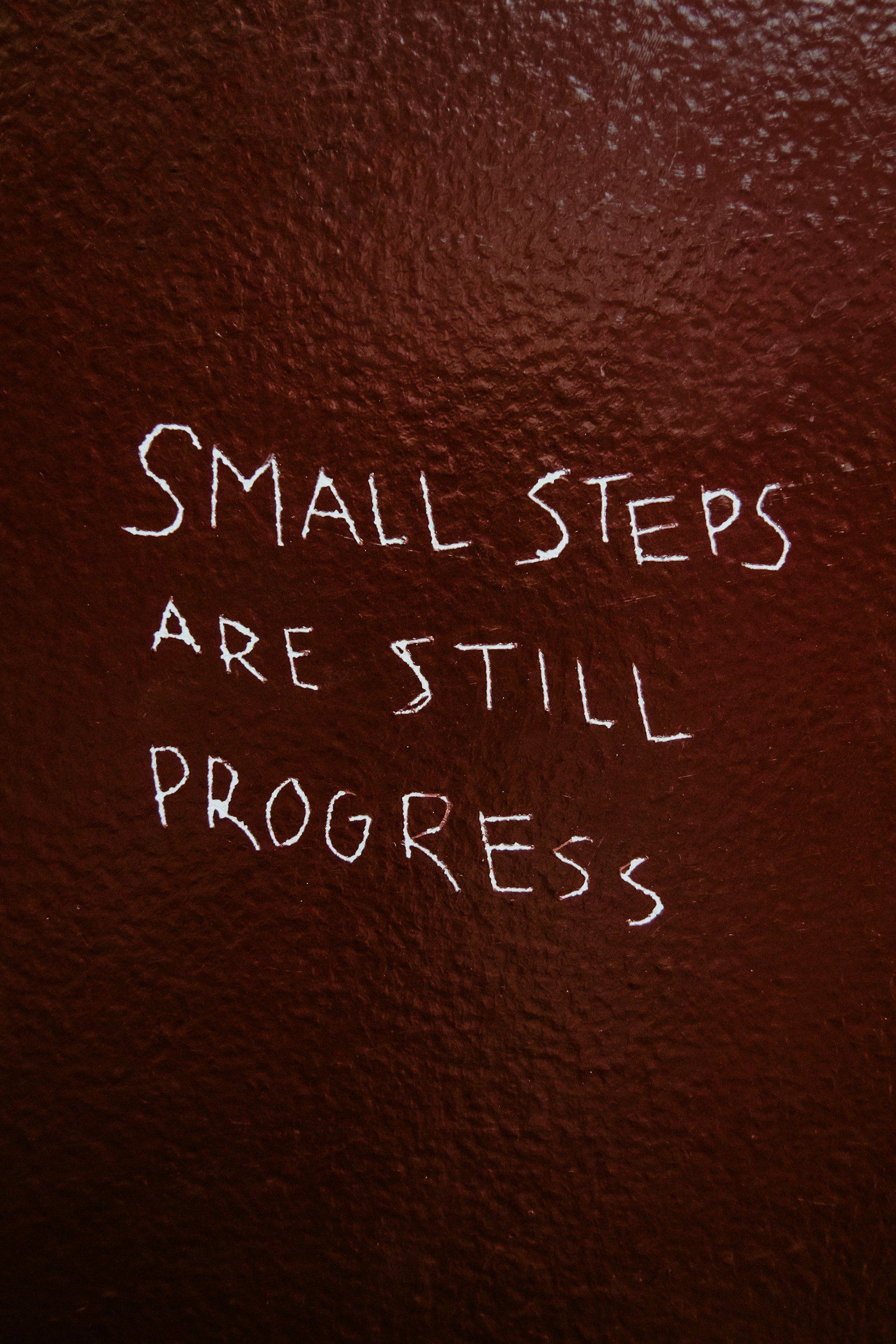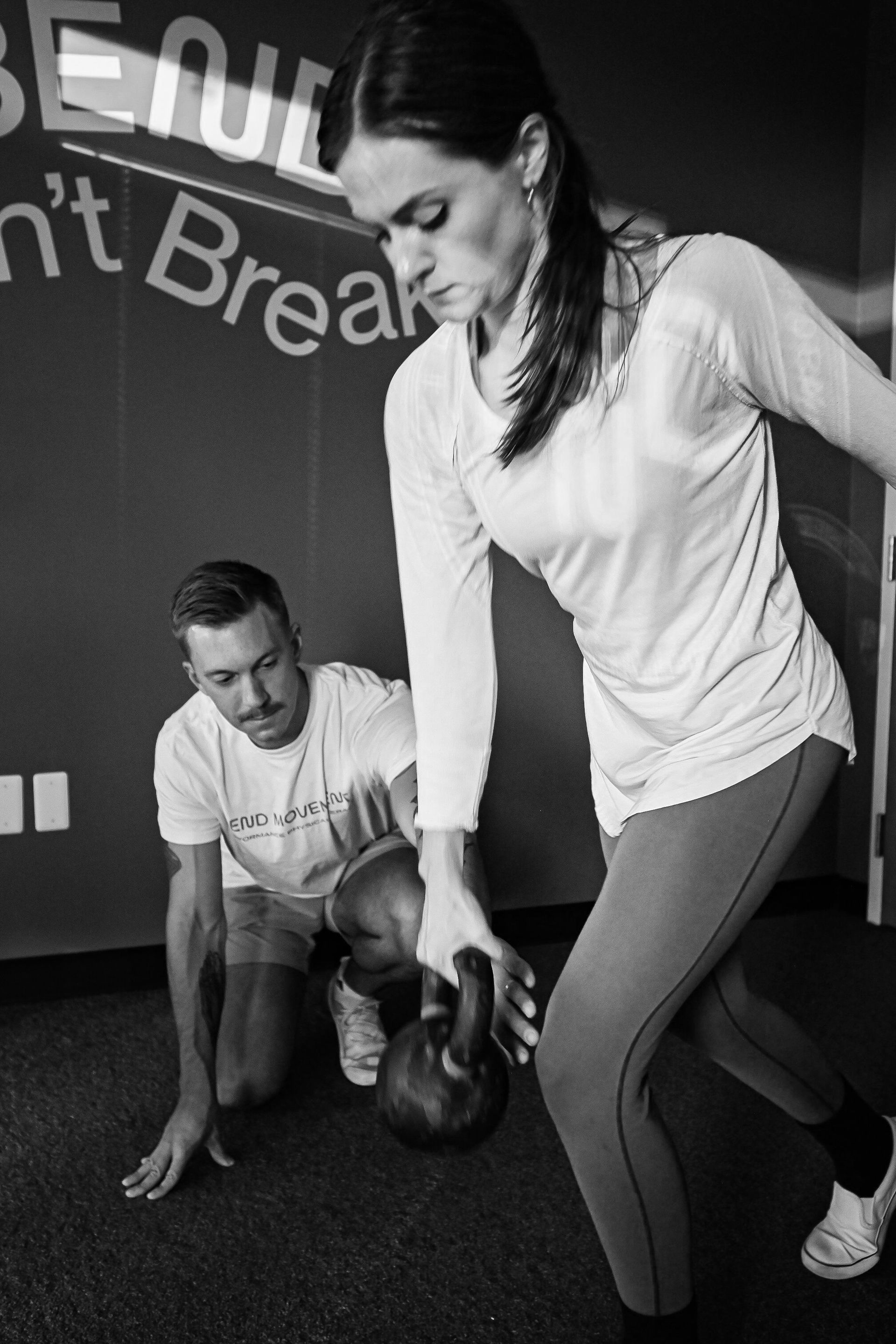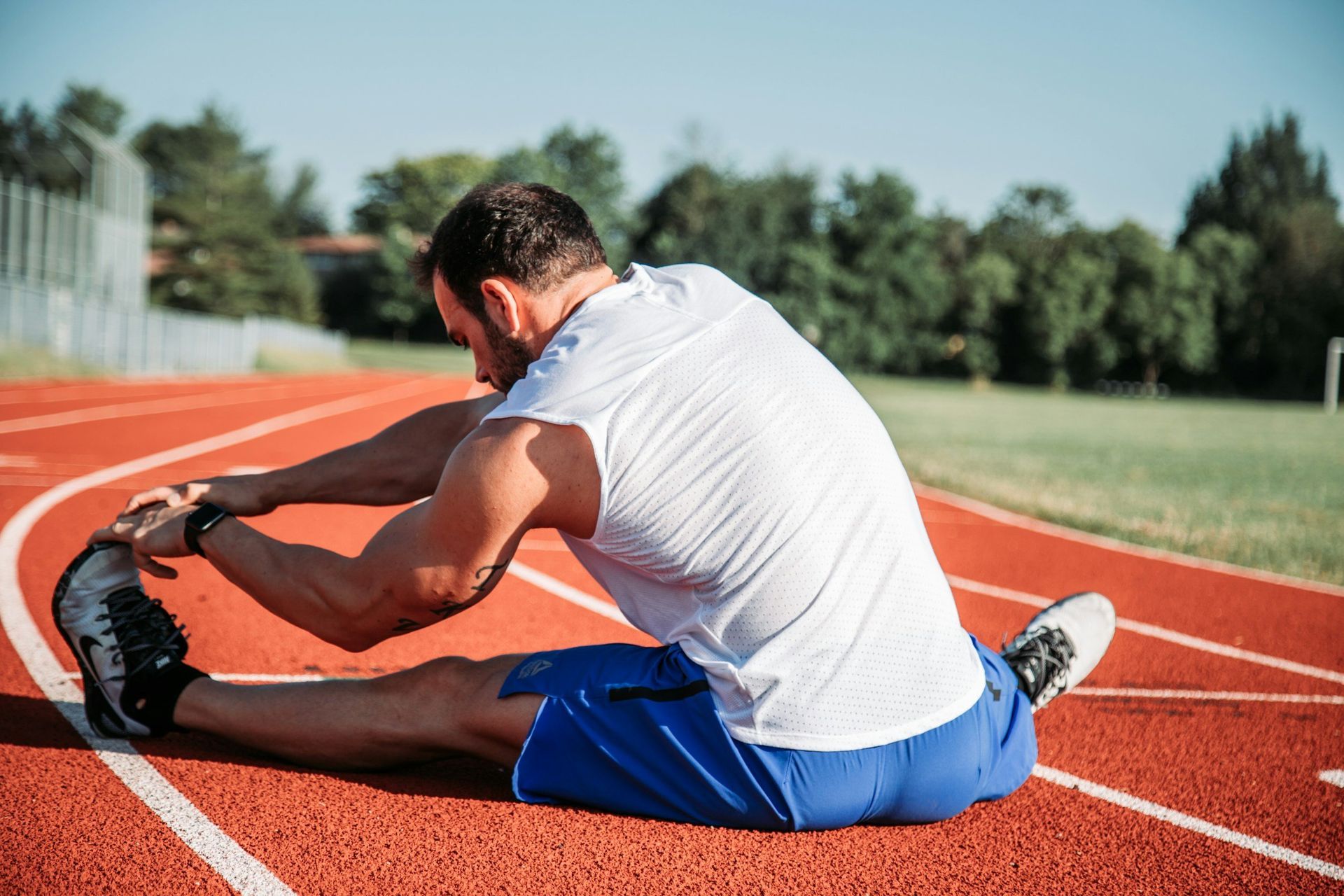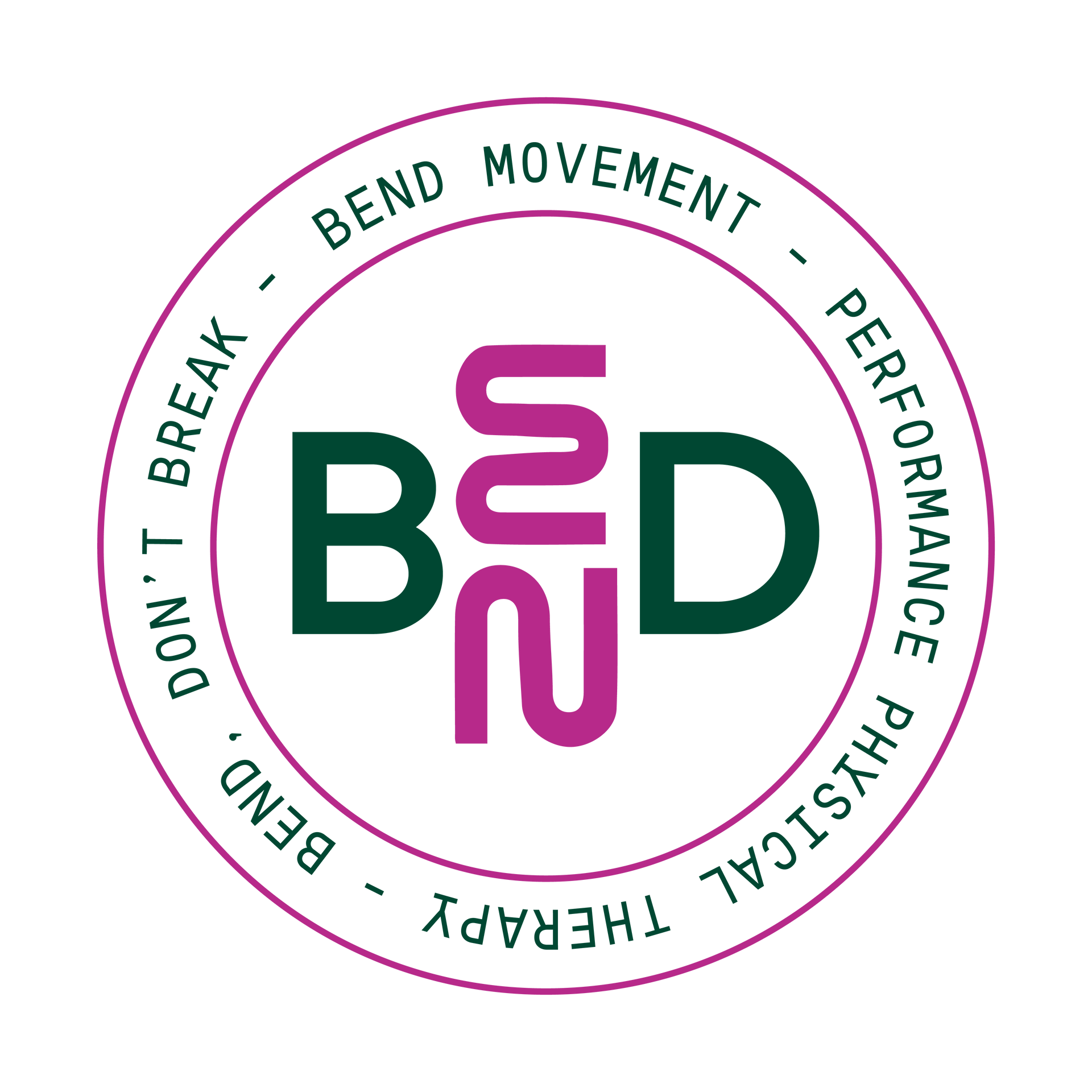Mindset, Motivation, and Longevity
Catogories

The Quiet Wins That Add Up Life seems to have a way of shouting its setbacks from the rooftops. The injury that sidelines you from your favorite activity. The flat tire that derails your day. The mistake at work that your boss criticizes you for. These loud moments grab our attention and carry a lot of weight in our minds. But what about the quieter moments? The good things we do every day that don’t come with fanfare or applause? These moments often go unnoticed, even by ourselves. A completed workout. A healthy meal. Ten focused minutes spent stretching, journaling, or simply breathing. These moments might feel small, but they matter! The quiet wins often set the foundation for long-term success. The things we do regularly—however unremarkable they seem—create momentum. That one healthy meal becomes a habit. That ten-minute stretch session keeps your body moving pain-free. That short walk after dinner clears your mind. It’s easy to overlook these moments, especially because they don’t come with instant gratification or dramatic results. But imagine where you’d be a year from now if you kept stacking these small wins daily. Progress is rarely loud or flashy. It’s built quietly, one small decision at a time. So, what good things have you done quietly today? Pause to acknowledge them. Celebrate the little choices that make life better. Because when the good outweighs the bad—even silently—you’re on the path to something extraordinary.

Making Movement Matter: Setting SMART Goals for the New Year The new year often is a perfect time to think about improving your fitness or movement routines. But if you’ve ever set a big resolution, only to abandon it by February, you’re not alone. The key to lasting success? Setting SMART goals: Specific, Measurable, Achievable, Relevant, and Time-bound. Let’s break it down. A specific goal hones in on what you actually want to do. Instead of “I want to get fit,” try “I want to be able to do 10 push-ups.” Specificity gives you a clear target to aim for. Then, make it measurable. If your goal is “walk more,” define how much: “I’ll walk 10,000 steps five days a week.” Numbers make progress easier to track and celebrate. Goals also need to be achievable. It’s great to aim high, but setting the bar too far can lead to burnout or frustration. If you’re starting from scratch, running a marathon in a month might not be realistic—but committing to run for 10 minutes three times a week? That’s doable. Relevance is about connecting your goal to what truly matters to you. If you’re motivated by spending time with family, a goal like “take a weekly hike with my kids” might resonate more than hitting the gym solo. And finally, time-bound goals add urgency. Instead of an open-ended “I want to build strength,” say, “I’ll increase my squat weight by 10 pounds in three months.” Deadlines push us to stay consistent. As you set your goals, remember: progress isn’t always linear, and that’s okay. Small steps, celebrated consistently, build momentum. Whether it’s committing to daily movement snacks, joining a mobility class, or hitting the gym once a week, every effort counts. Start simple, stay flexible, and let your goals guide you to a healthier, stronger year ahead.

The Power of 1% Better Every Day Making meaningful changes in your health and fitness doesn’t have to involve drastic or intense transformations. In fact, getting 1% better every day builds on the power of small, consistent improvements that add up over time. By focusing on gradual progress, you create lasting habits that lead to significant long-term benefits. Small Steps Lead to Big Results The idea of getting 1% better every day is based on the principle of compound growth. Just like interest accumulates over time in a bank account, small improvements in your physical health, mobility, or fitness level accumulate and lead to major gains over time. Whether it’s incorporating one extra stretch, adding a rep to your workout, or making a small adjustment to your posture, these little changes compound to create noticeable results over weeks and months. Consistency Over Perfection The beauty of the 1% improvement mindset is that it takes the pressure off needing to be perfect. Instead of aiming for unrealistic leaps, focus on making small, manageable changes that can stick. Consistency is key—when you commit to improving even just a tiny amount every day, the progress becomes sustainable, and setbacks are less likely to derail you. It’s about staying patient and trusting that these daily efforts are leading you toward your goals. Building Momentum Over Time As you embrace the idea of small, daily improvements, you begin to build momentum. What starts as small gains snowballs into significant progress over time. This approach applies to every aspect of movement and health, from flexibility and strength to recovery and overall well-being. By focusing on continuous improvement, you develop a growth mindset that keeps you motivated and excited to see how much better you can get over time. The 1% better every day approach emphasizes steady, achievable improvements that lead to lasting results. By embracing small, consistent changes, you can create momentum that transforms your physical health and movement over time. It’s not about drastic change—it’s about becoming just a little better, every single day.

The Power of Movement Snacks: Small Steps for Big Benefits In a world where less movement has become the norm, finding ways to stay active throughout the day is essential for overall health. One effective approach is incorporating "movement snacks"—short, simple movements you can do consistently to break up sedentary time. These mini exercises can improve your physical and mental well-being without the need for long, dedicated workout sessions. Why Movement Snacks Matter Movement snacks are quick bursts of physical activity that can be done anywhere and at any time. These small efforts add up throughout the day, helping to increase circulation, improve mobility, and reduce the negative effects of prolonged sitting. Even just a few minutes of movement can reduce muscle stiffness, boost energy levels, and enhance mental focus. Movement snacks are also a great way to maintain strength and flexibility without needing to carve out large blocks of time for exercise - especially for those of us with limited free time! Simple Movement Snacks to Try There are many easy movements you can incorporate into your day. For example, performing a few bodyweight squats every hour helps to activate the muscles in your legs and improve circulation. You could also try shoulder rolls and neck stretches to relieve tension in your upper body. Another great option is the "bow and arrow”—reaching one arm forward as you pull the other arm backwards. This movement improves mobility in the spine and stretches the back muscles, helping to counteract the effects of sitting for long periods. Consistency is Key The beauty of movement snacks is that they don’t require much time or equipment, but consistency is crucial to reaping the most benefits. Set reminders on your phone or use natural breaks during the day—like waiting for your coffee to brew or finishing a task—to squeeze in a quick movement snack. By making these small movements a regular habit, you’ll gradually improve your overall mobility, reduce stiffness, and feel more energized throughout the day.

Building Flexibility: A Comprehensive Approach At Bend Movement Physical Therapy, we preach that flexibility is a key component of overall fitness, contributing to better movement quality, reduced risk of injury, and enhanced athletic performance. To effectively build flexibility, you can incorporate a variety of stretching techniques, including static stretches, loaded stretches, and exercises that utilize isometrics and eccentrics to improve tissue strength in stretched positions. Static Stretches Static stretching involves holding a stretch for a prolonged period, usually around 60 seconds. This type of stretch helps to lengthen muscles and increase the range of motion. It’s best performed when the muscles are warm, either after a workout or following a light warm-up. Hold the position where you feel a gentle pull, but not pain. Focus on slowing down your breathing and relaxing deeper into the stretch for the best results. Consistent practice of static stretching can lead to significant improvements in flexibility over time. Loaded Stretches Loaded stretches involve adding weight to a stretch, which helps to increase flexibility while also strengthening the muscles. This method is particularly effective because it places the muscles under tension in their lengthened positions, promoting strength and stability. The added resistance helps deepen the stretch and build muscle endurance in the stretched position. Isometrics and Eccentrics Incorporating isometric and eccentric exercises into your flexibility routine can further enhance tissue strength and flexibility. Isometric exercises involve holding a muscle contraction without movement, such as holding a lunge position with the muscles engaged. Eccentric exercises involve lengthening the muscle under tension, like slowly lowering yourself in a calf raise. These techniques improve the muscle's ability to generate force in stretched positions, enhancing both flexibility and functional strength. By integrating static stretches, loaded stretches, and isometric/eccentric exercises into your routine, you can build comprehensive flexibility that improves your range of motion and also improves muscle strength and stability. This approach ensures that your muscles are not only more flexible but also more resilient, helping you move better and perform at your best. If you want help improving your flexibility, come visit us! Located near Richmond and Innsbrook in Henrico, we can provide you with a framework and guidance on meeting your movement goals.

Common Gaps In Your Movement Diet In the realm of physical fitness and athletic performance, certain training elements are often overlooked, leading to slower overall progress and increased risk of injury. While many individuals focus on building strength and endurance, components such as mobility work, balance/coordination training, power development, and eccentric exercises are frequently neglected. Using these exercises can lead to a more comprehensive and effective training program, promoting both better performance as well as long-term health. Mobility work is a crucial yet frequently neglected aspect of training. It involves movements that enhance the range of motion in the joints, improve flexibility, and ensure the muscles can move efficiently. Poor mobility can limit athletic performance and increase the likelihood of injuries, as tight muscles and restricted joints are more prone to strains and sprains. Incorporating regular mobility work can help maintain optimal movement patterns and support your overall fitness goals. Balance and coordination training are also overlooked, especially by those who focus primarily on weightlifting or cardio. However, balance is fundamental for all types of movement, from daily activities to high-intensity sports. Good balance and coordination enhance body awareness, improve stability, and reduce the risk of falls and other injuries. Simple exercises performed in a single-leg or kickstand stance as well as proprioceptive drills can be integrated into a regular training routine to enhance these skills. Power, which is the ability to exert force rapidly, is essential for athletic performance but is often underemphasized. Power is crucial for explosive movements such as jumping, sprinting, and changing direction quickly, as well as reacting quickly to change in environment. Plyometric exercises, like box jumps, medicine ball throws, and power cleans, are effective ways to build power. Neglecting power training can result in an increased likelihood of falling, lack of explosiveness, and reduced performance in both sports and everyday activities that require sudden bursts of energy. Eccentric training, which focuses on the lengthening phase of muscle contraction, is another critical yet frequently ignored aspect of training. Eccentric exercises, such as slow lowering during a squat or controlled descent in a deadlift, can improve muscle strength, enhance tendon health, and prevent injuries. These exercises place a different type of stress on the muscles compared to concentric movements, promoting greater muscle growth, mobility, and resilience. Incorporating eccentric training into a workout routine can lead to stronger, more injury-resistant muscles and tendons. Addressing these common training gaps can significantly enhance overall fitness and performance. By adopting a more holistic approach to training, individuals can achieve better movement efficiency, reduce injury risks, and maximize their athletic potential. Bend Movement PT is well versed in providing a well-rounded fitness program specifically tailored towards individuals movement goals.

Mastering the Art of Breathing Breathing is a fundamental yet often overlooked aspect of health and performance. Nasal breathing, in particular, offers numerous benefits that extend beyond the basics of oxygen intake. By breathing through your nose, you can filter out particles, humidify the air, and improve oxygen delivery to your tissues. Nasal breathing also promotes the production of nitric oxide, which helps to improve circulation and enhances overall cardiovascular health. This simple shift can lead to significant improvements in your overall well-being and athletic performance. Breathing also plays a critical role in controlling your state of arousal, whether you're preparing for a competition, workout, or managing stress in your daily life. Slow, deep exhalations activate your parasympathetic nervous system, which promotes relaxation and brings down stress. Techniques such as diaphragmatic breathing or the 4-7-8 method can help calm your mind and body. Conversely, controlled, rhythmic breathing can energize your system, ramping you up for higher-intensity activities and sharpening your mental clarity. When it comes to performance and exercise, breathing efficiently can make a significant difference. Proper breathing techniques ensure that your muscles receive adequate oxygen during exercise, which delays fatigue and enhances endurance. For instance, synchronizing your breath with your movements during strength training can stabilize your core and improve your lift efficiency. In endurance sports, mastering a consistent breathing pattern can optimize oxygen uptake and carbon dioxide expulsion, improving stamina and performance. Moreover, mindful breathing during exercise can help you stay present and maintain better form, reducing your risk of injury. Incorporating breathing techniques into your daily routine can transform your approach to both health and performance. Start by practicing nasal breathing during low-intensity activities such as walking and gradually incorporate it into your more demanding tasks. Experiment with different breathing patterns to find what best supports your activities and goals. By prioritizing efficient breathing, you can enhance your physical capabilities, manage stress more effectively, and ultimately achieve a higher level of overall well-being.

Use It or Lose It In health and fitness, there's a fundamental principle that reigns supreme: "Use It or Lose It." This principle highlights the importance of regular physical activity, movement, and exercise in maintaining and enhancing our strength, mobility, and overall well-being. In this blog post, we'll delve into the significance of the "Use It or Lose It" principle and explore how it applies to your movement diet. Understanding the Principle: At its core, "Use It or Lose It" emphasizes the concept that our bodies are dynamic and adaptive, constantly responding to the demands placed upon them. When we engage in regular physical activity and exercise, our muscles, bones, and joints adapt and become stronger, more resilient, and more functional. Conversely, when we live a more sedentary lifestyle and neglect regular movement and exercise, our bodies gradually lose strength, mobility, and function. Exercise and Movement: Regular exercise and movement are essential for maintaining optimal health and function throughout life. Whether it's walking, jogging, cycling, swimming, or engaging in sports and recreational activities, consistent movement supports our overall physical and mental well-being. By incorporating daily movement into our lives, we can counteract the negative effects of sedentary behavior and preserve our mobility, vitality, and longevity. Strength and Muscle Function: Strength training plays a crucial role in relation to the "Use It or Lose It" principle, especially as we age. As we engage in strength training exercises like weightlifting, bodyweight exercises, or resistance band workouts, our muscles adapt by becoming stronger and more resilient. Regular strength training not only helps prevent muscle loss but also improves bone density, enhances metabolism, and reduces the risk of injury and falls. By consistently challenging our muscles through resistance training, we can maintain functional strength and independence as we age. Mobility and Flexibility: Maintaining optimal mobility and flexibility is another key aspect of the "Use It or Lose It" principle. Regular stretching, mobility exercises, and activities that promote joint range of motion are essential for preserving flexibility and preventing stiffness and joint pain. Incorporating activities like yoga, Pilates, and dynamic stretching into our routine can help improve joint mobility, reduce the risk of injury, and enhance overall movement quality. Practical Applications: Consistency is Key: To reap the benefits of the "Use It or Lose It" principle, consistency is the most important thing to focus on. Aim for regular, daily movement and exercise to keep your body functioning optimally. Variety and Progression: Include a variety of exercises and activities into your routine to challenge different muscle groups and movement patterns. Gradually progress the intensity, duration, and complexity of your workouts to continue to stimulate, adapt, and improve. Listen to Your Body: Pay attention to how your body responds to exercise and movement. If you experience discomfort or pain, modify your activities accordingly and seek guidance from a qualified fitness professional or healthcare provider. The "Use It or Lose It" principle serves as a powerful reminder of the importance of regular exercise, movement, strength, and mobility in maintaining optimal health and function throughout life. By prioritizing daily movement, engaging in strength training, and preserving flexibility, we can harness the transformative power of physical activity to enhance our quality of life and age gracefully. So remember, keep moving, keep challenging yourself, and use it so you don’t lose it!

The Power of Gradual Continuous Effort: How Small Daily Commitments Lead to Remarkable Achievements We live in a world that celebrates instant gratification and quick results. The concept of gradual continuous effort often gets overlooked. Yet, behind the allure of quick fixes lies a profound truth: small daily commitments, when consistently pursued over a long period of time, have the extraordinary ability to accumulate and compound into monumental achievements. In this blog post, we'll explore the significance of this principle and how embracing it can transform your approach to setting and achieving goals. The Compound Effect: Imagine a stone thrown into a calm pond. The initial splash might seem small compared to the size of the pond, but the ripples created expand over time, covering a larger and larger area. Just as each ripple grows in size, your initial efforts accumulate and compound over time, bringing you closer to actualizing your goals. Breaking Down Overwhelming Goals: Large goals can feel overwhelming when viewed as a whole. Breaking these larger goals into smaller, more achievable bits and pieces can make this more manageable. By focusing on smaller, attainable steps, the small wins reduce feelings of stress and boost your confidence. They also improve your compliance and can help promote the release of brain chemicals that keep you more focused on achieving your goals. Building Lasting Habits: Consistency is the foundation of lasting habits. When you commit to a small daily effort, you are training yourself to engage in positive habits. Over time, this behavior becomes second nature, transforming it into a habit that requires minimal effort to maintain. Whether it's exercise, learning a new skill, or practicing mindfulness, small daily commitments solidify these habits. The Joy of Progress: Regularly engaging in gradual continuous effort allows you to experience the joy of progress. Each day's commitment, no matter how small, is a win that brings you closer to achieving your goal. Even the completion of these small commitments gives you a sense of accomplishment that boosts your motivation and reinforces your belief that you're capable of achieving what you set out to do. Reducing Procrastination and Overwhelm: Procrastination often results from feeling overwhelmed by the enormity of a task. By breaking your goal into bite-sized portions and committing to daily effort, you remove this mental barrier. If you are running a marathon, it may feel overwhelming when you think about how far you need to run. But when you start training, you only start with shorter runs that will build up your body to being capable of handling the ultimate goal. When you know you only have to tackle a small task each day, the resistance to start diminishes, and procrastination becomes less tempting. Nurturing Patience and Resilience: Things that provide instant gratification rarely foster qualities like patience and resilience. Gradual continuous effort teaches you to embrace the journey and remain dedicated despite challenges and barriers to completing your daily habit. As you encounter setbacks or slower progress, your ability to stay committed to small daily actions can act as a guiding light, reminding you that every step forward brings you one step closer. Long-Term Impact on Self-Image: Embracing gradual continuous effort positively impacts your self-image and worth. Leaning into effort day in and day out provides you with a boost of dopamine when you continually engage in effort towards your goals. When you consistently honor your daily commitments, you reinforce your sense of self-discipline and integrity. This, in turn, can boost your self-esteem and belief in your ability to achieve even larger goals. The beauty of gradual continuous effort lies in its simplicity and profound impact. By embracing the power of small daily commitments, you can embark on a journey that leads to transformation. As your efforts accumulate, you will be a firsthand witness of the compound effect in action, bringing you closer and closer toward your aspirations. Remember, the key is consistency – each step, no matter how small it may seem, will contribute towards your overall goals. As you embark on this journey, keep in mind the words of Confucius: "It does not matter how slowly you go as long as you do not stop." If you have goals that you want to achieve but don’t know where to start, get in contact with us at Bend Movement. We are a cash-based rehabilitation and wellness group located in Richmond that are dedicated to helping you take the small daily steps towards improving your life!

